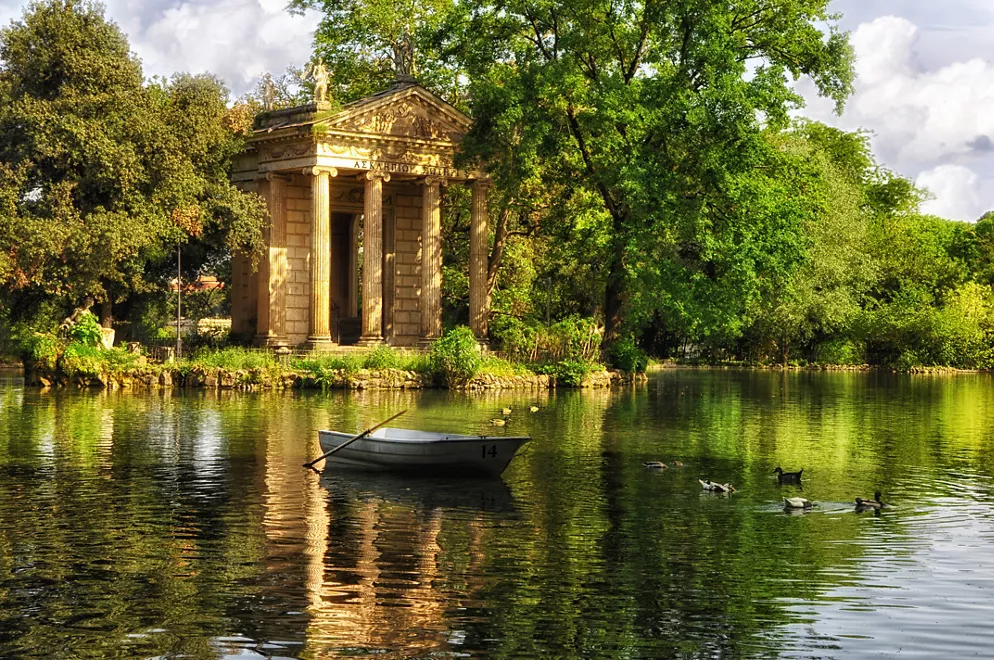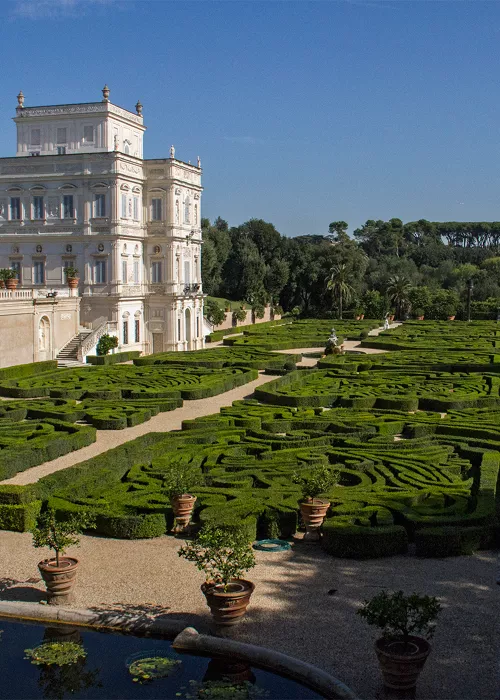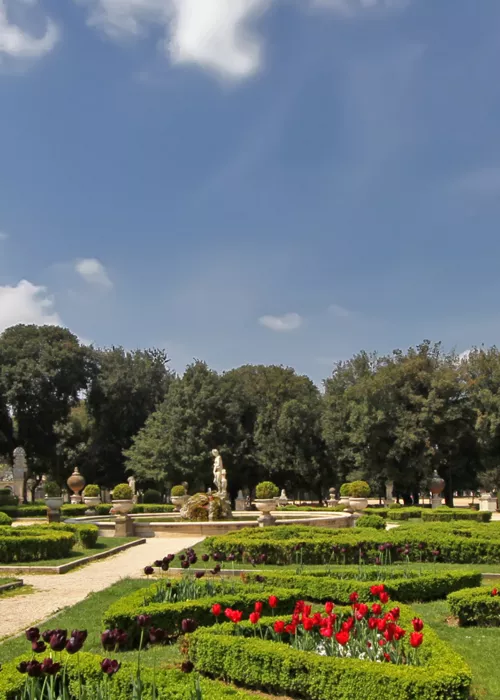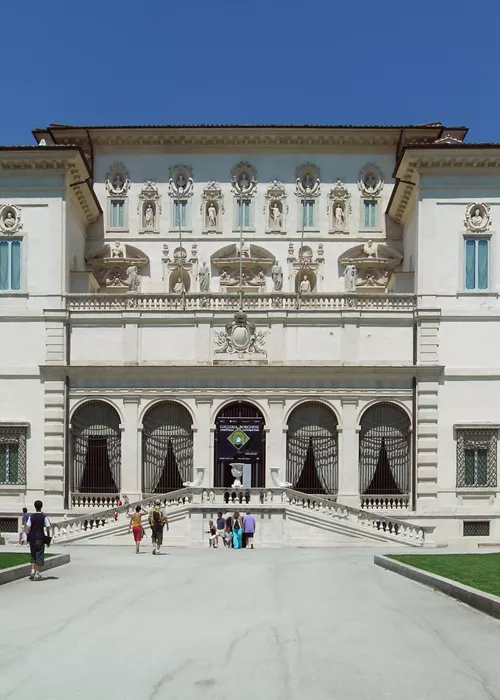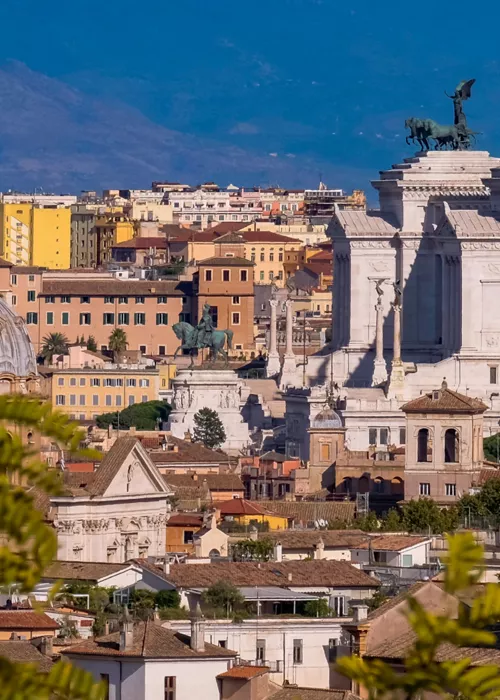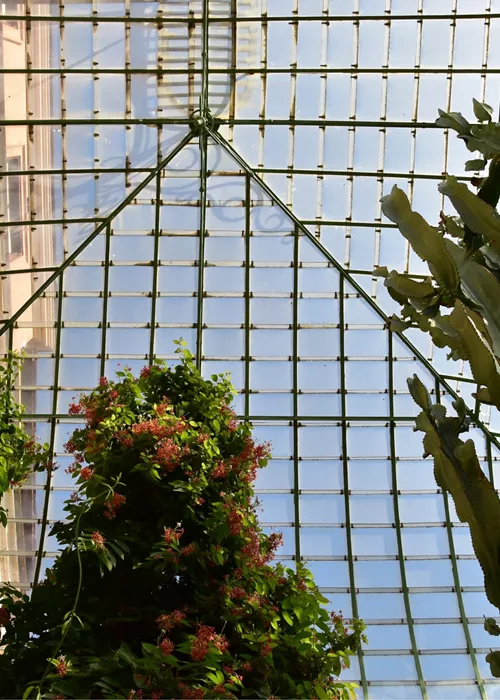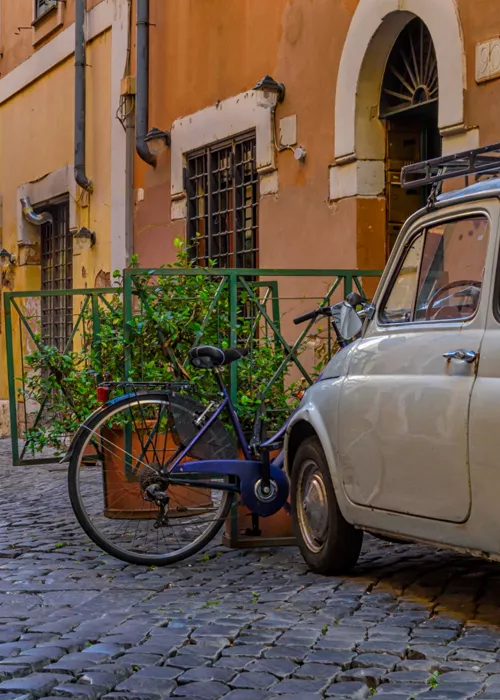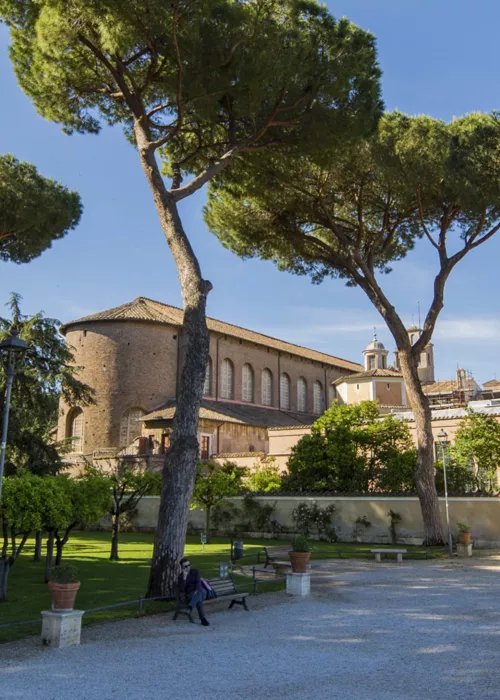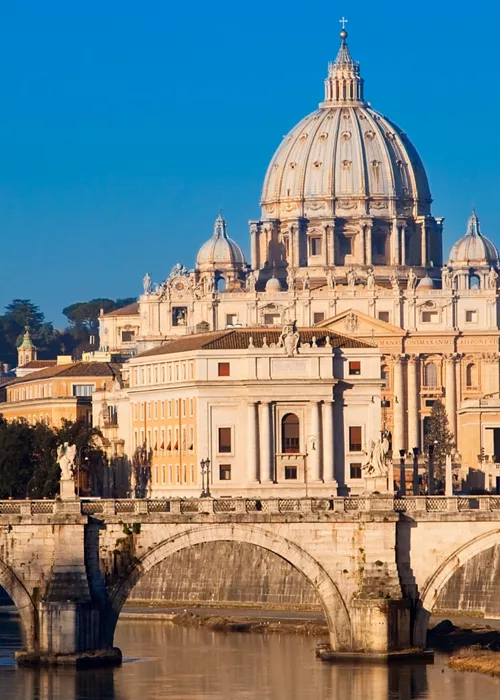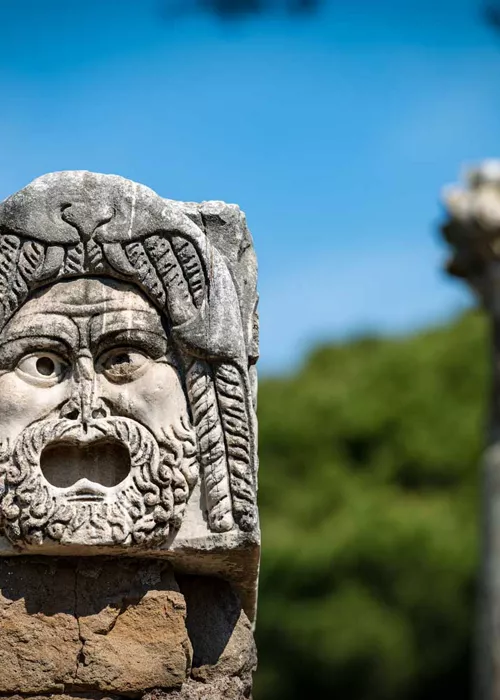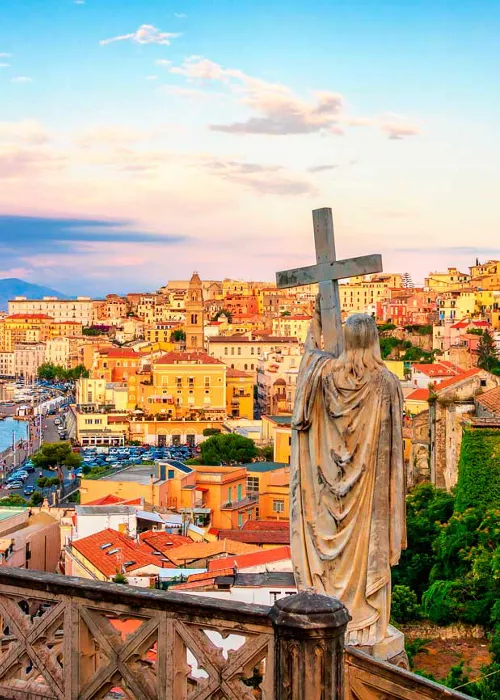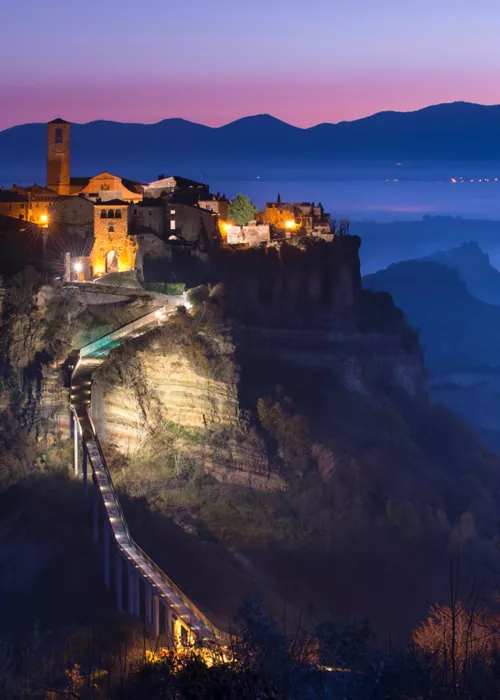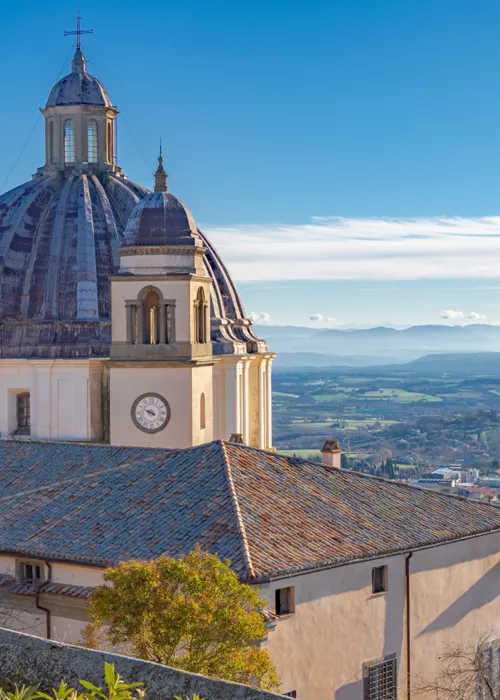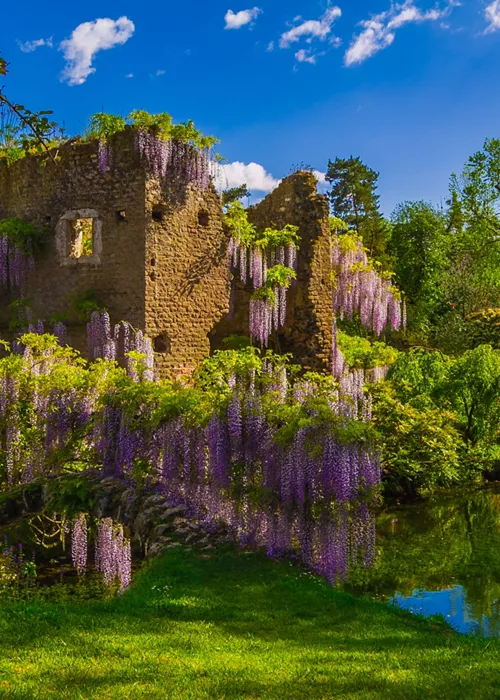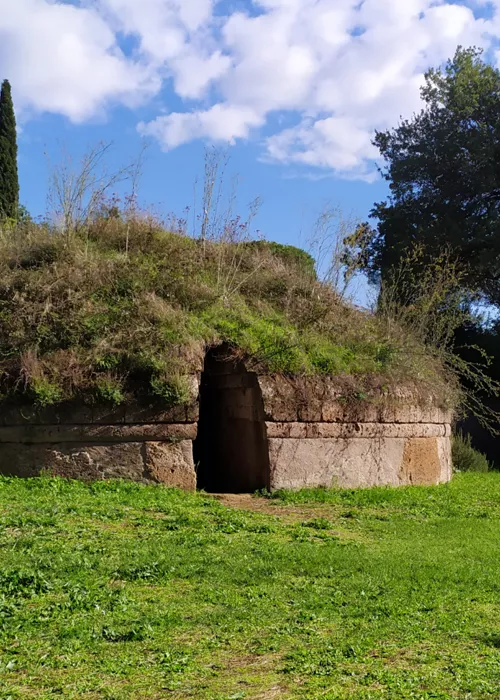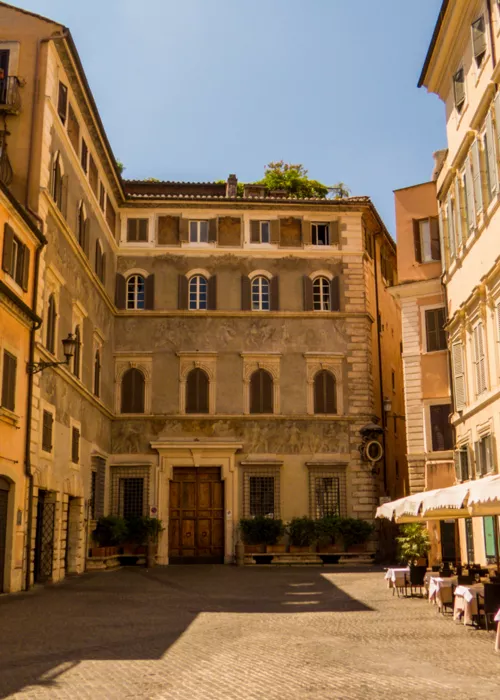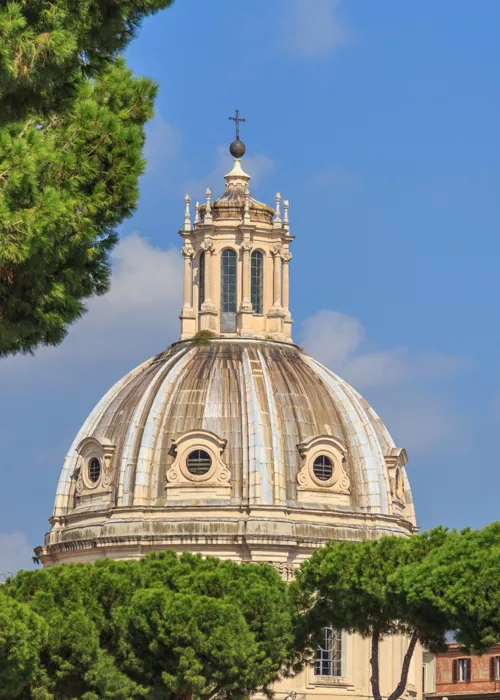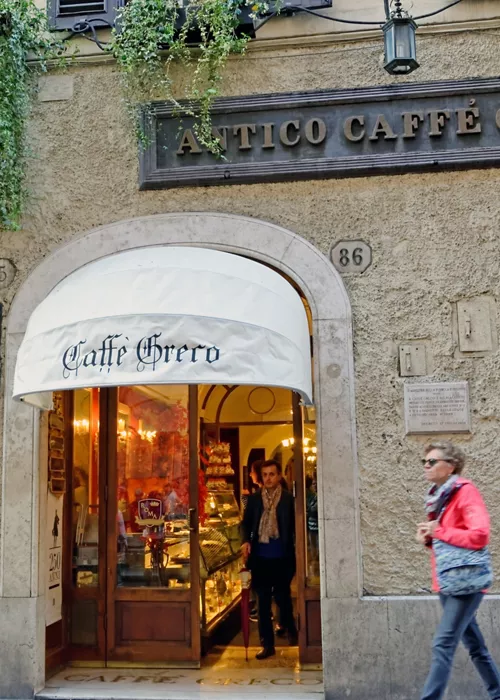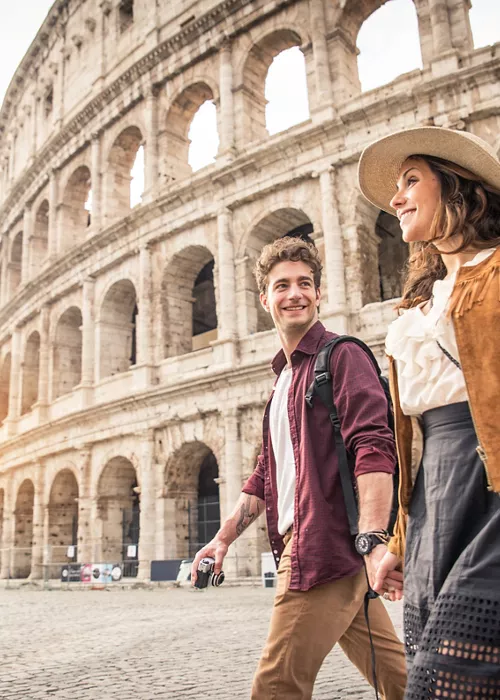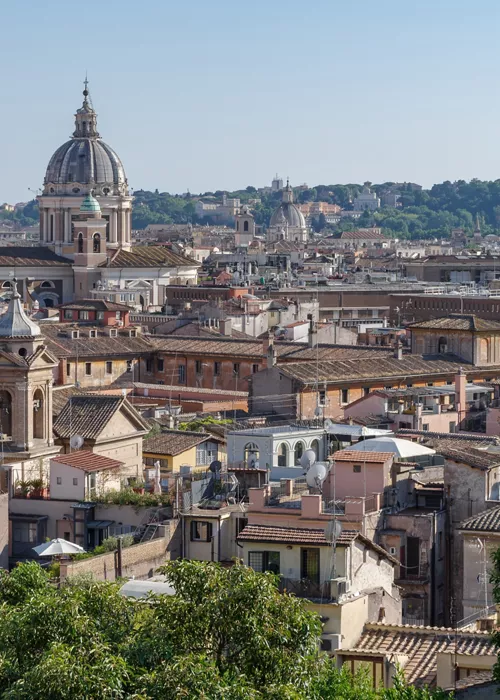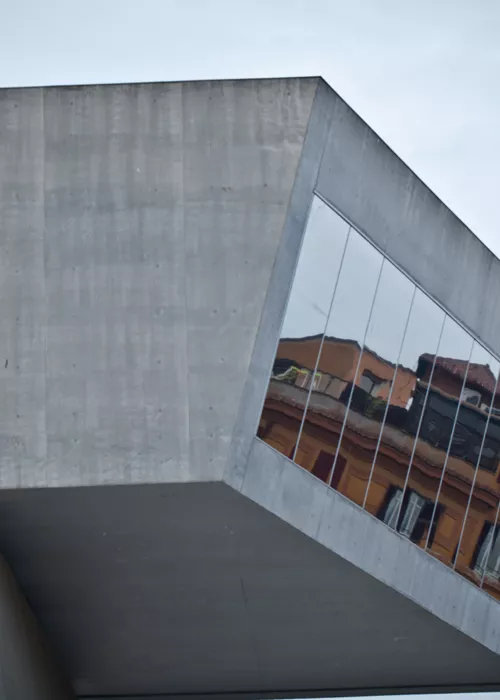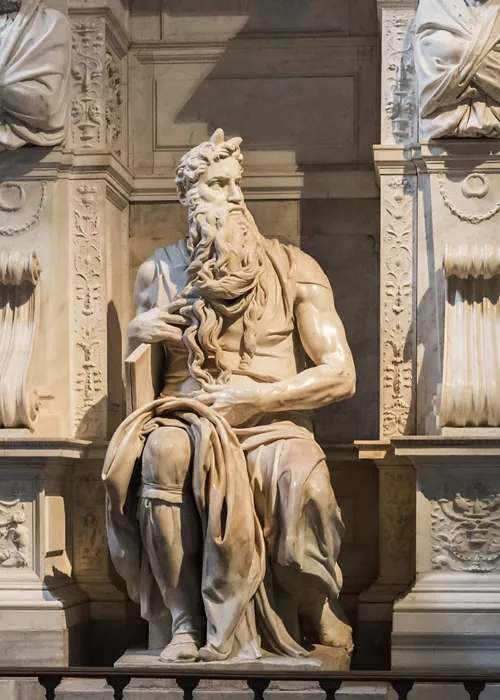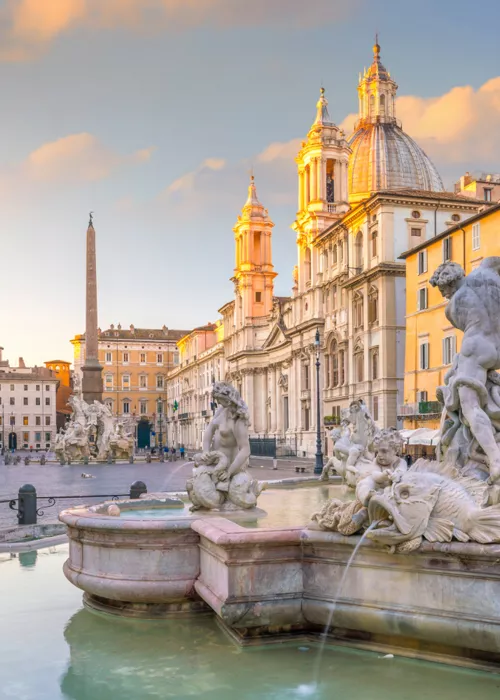The parks of Rome. Ideas and suggestions for full-immersion in nature in the heart of the Eternal City
3 minutes
Villa Doria Pamphilj
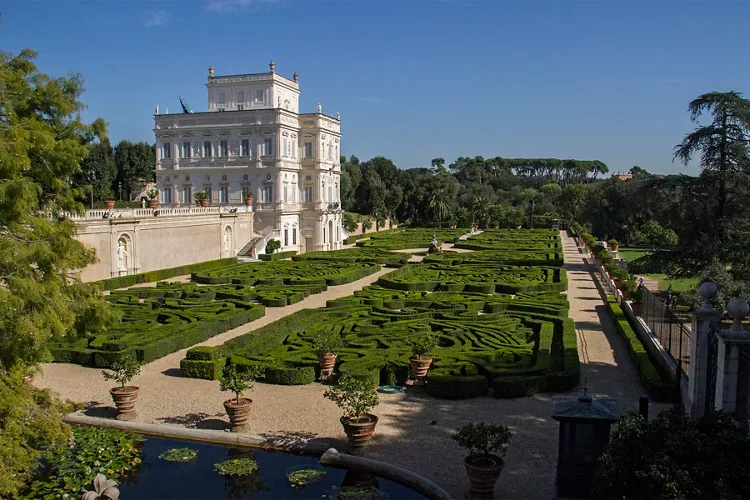
Villa Doria Pamphilj is the largest historical green area (184 hectares) in the city of Rome, located just outside the walls of the Gianicolense quarter.
Seventeenth-century buildings, Italian gardens, fountains, waterfalls, lakes and monumental trees surround this historic villa enclosed between the ancient Roman roads of Via Aurelia Antica, Via della Nocetta and Via Vitellia. One of the best-loved parks by the people of Rome itself, Villa Doria Pamphilj is an authentic paradise for lovers of outdoor sports, meeting here to jog along the numerous paths or train in the oasis of health trails fitted out with sports equipment.
Villa Borghese
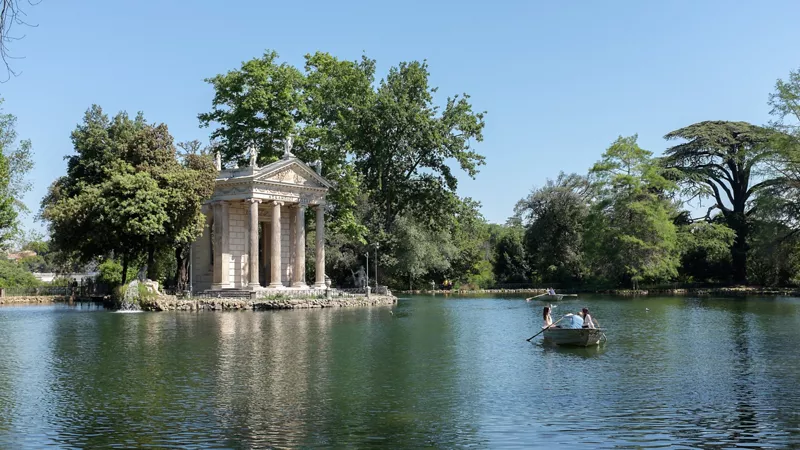
When visiting Rome, you simply cannot miss Villa Borghese, one of the most city's important attractions. Standing in an area of 80 hectares, this huge green venue is located right in the heart of the Eternal City. In addition to all the nature populating the park, Villa Borghese also boasts a wealth of monuments and many very famous points of historical and cultural interest. It is one of the richest Roman villas as regards its artistic and landscape patrimony: buildings, sculptures, monuments and fountains - the work of illustrious Baroque, neoclassical and eclectic artists - surrounded by centuries-old trees, ponds, Italian gardens and large open spaces.
Villa Borghese is also home to the sumptuous, baroque Borghese Gallery, one of the Eternal City's most astonishing museums with works by supreme artists in its collections: from Bernini to Canova, Caravaggio and Raphael, not to mention Perugino, Rubens, Bellini and Titian, to name but few.
Gianicolo
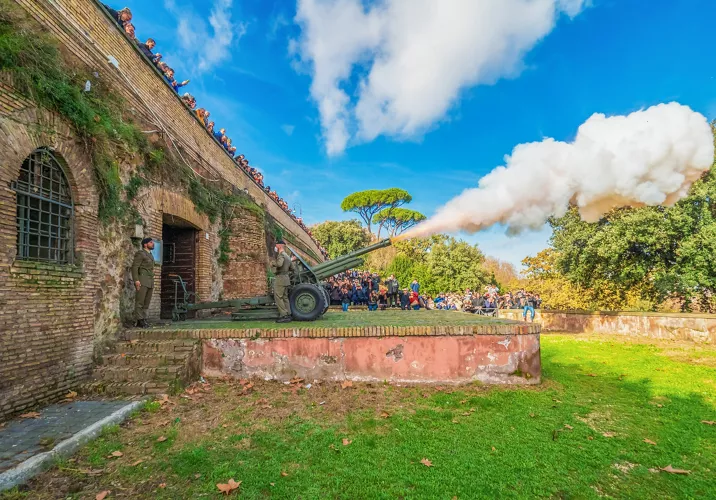
Among the green lungs of the city is undoubtedly the Janiculum Hill. From the splendid panoramic terrace it is possible to enjoy one of the most fascinating views of Rome. Not to be missed, at noon sharp, is the firing of the Gianicolo Cannon, which marks the exact hour. The Janiculum is home on its slopes to the splendid Villa Corsini with its Botanical Garden, in the historic and characteristic Trastevere district, which covers an area of 12 hectares and collects about 3,000 plant species. In 1856 the gardens of the villa were united with those of the nearby Villa Doria Pamphilj, thus expanding the area of the gardens.
Giardino degli Aranci
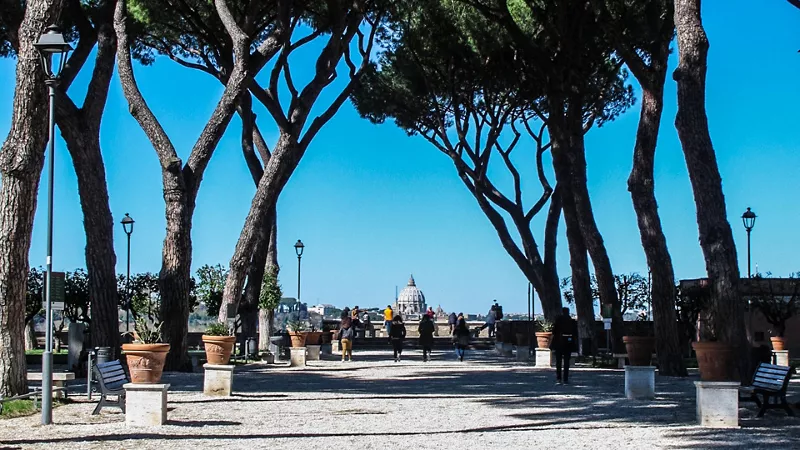
Going down the River Tiber as far as the Aventine, you come to the Savello Park, better known as the Orange Garden, on a small, riverside terrace. This corner - one of the best-loved and most popular sites in the city - boasts one of the finest views of Rome. Be sure not to miss a visit to the nearby Basilica of Santa Sabina all'Aventino. A surprise awaits you after crossing Piazza dei Cavalieri di Malta: sneak a peek through the keyhole of the Grand Priory of the Order of Malta in Rome to enjoy a unique view of the dome of the St. Peter's Basilica.
Monte Mario Nature Reserve
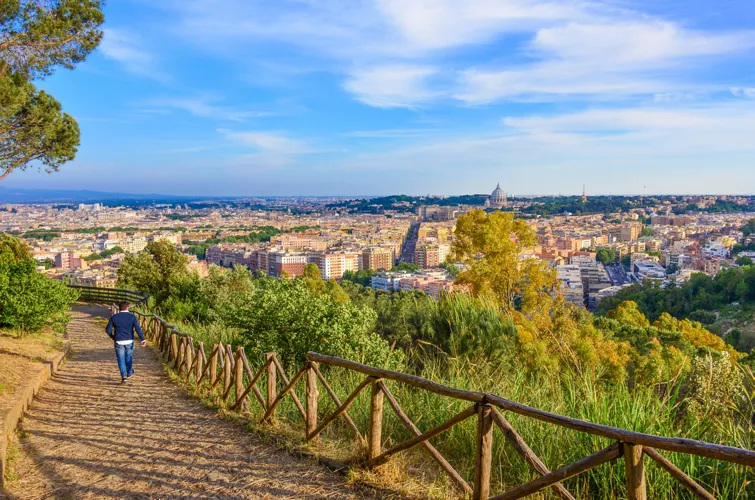
An authentic and by now rare mosaic of biological diversity in Rome can be found in the Monte Mario Nature Reserve. At 139 metres high, is the most imposing relief in the system of hills known as Monti della Farnesina.

